
|
ECGbook.com Making Medical Education Free for All |
Upload ECG for Interpretation |

|
ECGbook.com Making Medical Education Free for All |
Upload ECG for Interpretation |
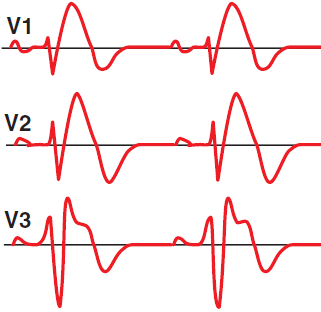




Leads V1-V2 and Brugada Syndrome

Brugada Syndrome
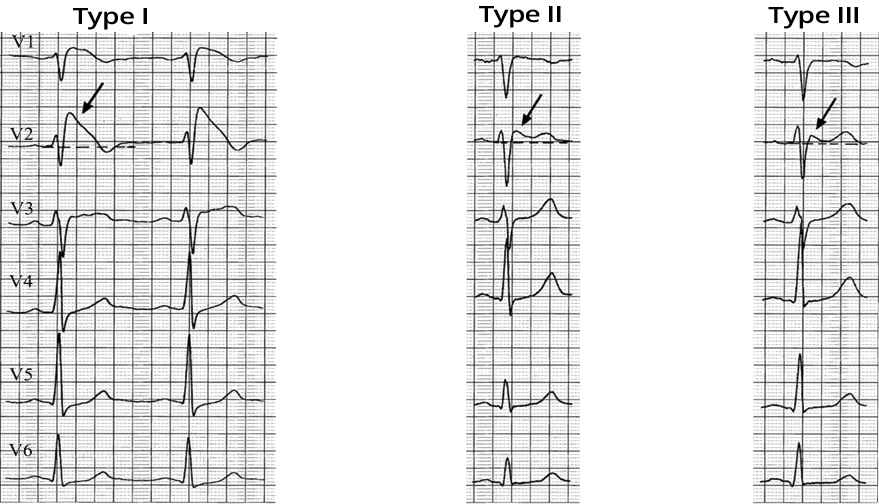
Brugada Syndrome


Brugada Syndrome Type II

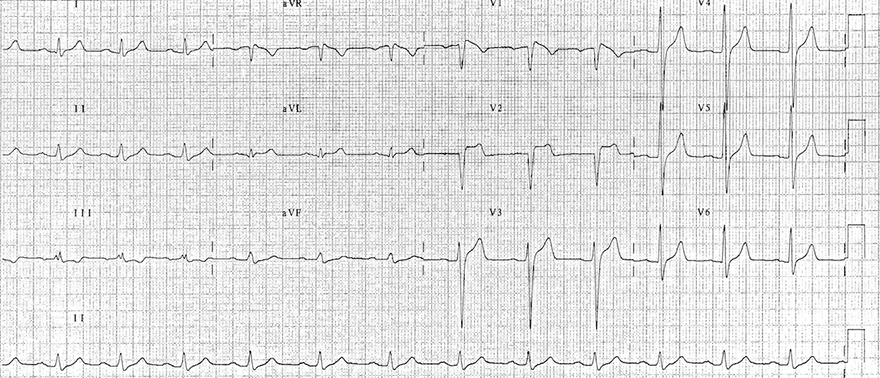
Brugada Syndrome Type III

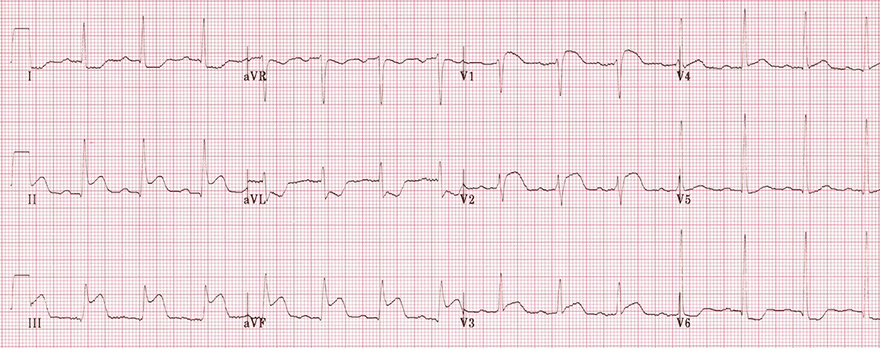
STEMI of the Right Ventricle
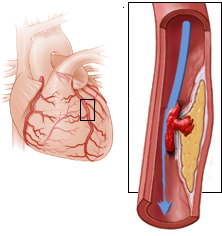
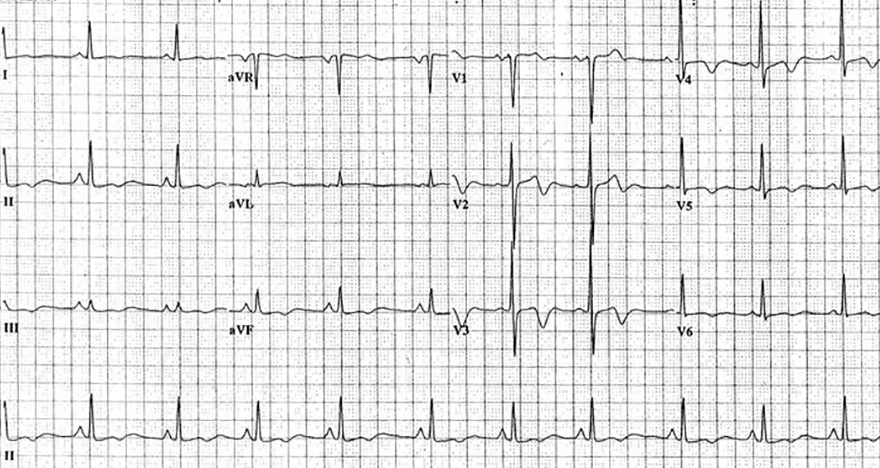
Wellens' Syndrome Type II
Sources
ECG and Brugada Syndrome (V1-V3)
|

|
Type I - Brugada Syndrome (V1-V3)
|

|
Type II - Brugada Syndrome (V1-V3)
|

|
Type III - Brugada Syndrome (V1-V3)
|

|

|
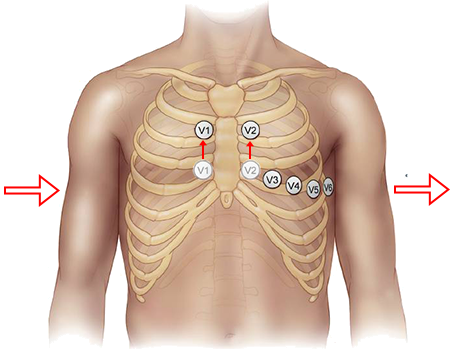
|

|
Leads V1-V2 and Brugada Syndrome

Brugada Syndrome

Brugada Syndrome

|
Brugada Syndrome Type II
|

|

|
Brugada Syndrome Type III
|

|

|
STEMI of the Right Ventricle
|

|

|
Wellens' Syndrome Type II
|

|
Sources